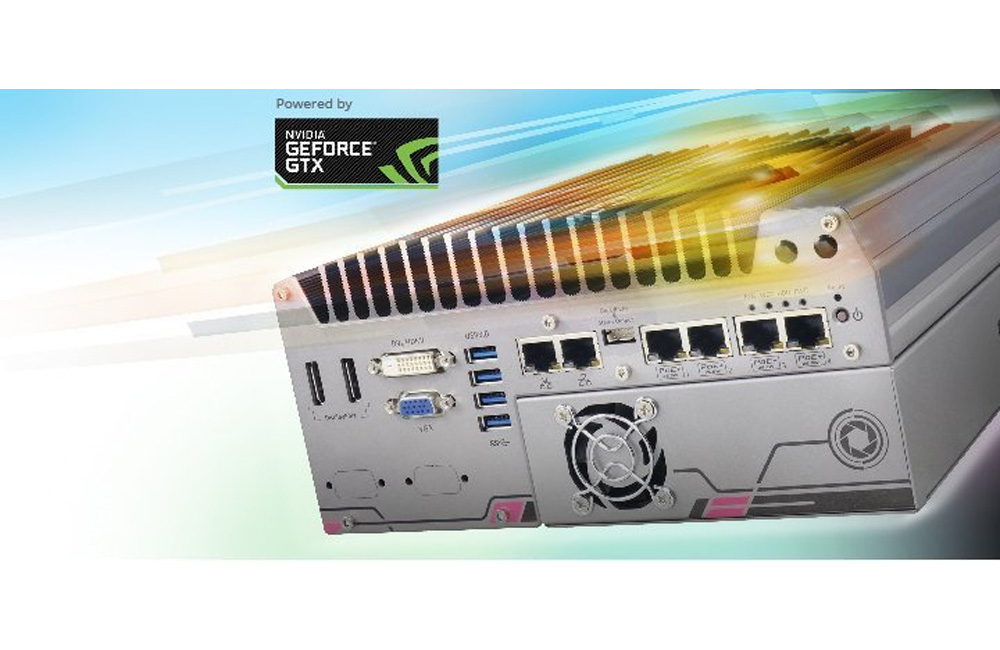
A Graphics processing unit (GPU) is also known as a visual processing unit (VPU) that features an electronic circuit designed specifically to accelerate real-time 3D image creation in a frame buffer for display.
GPU-accelerated computing is usually coupled with a CPU to accelerate deep learning, analytics and complex engineering applications. They play an important and major role in accelerating artificial intelligence platform applications such as automotive autopilot functions, drones, and robots.
GPUs are used in embedded systems, mobile devices, workstations, and game consoles. Modern GPUs are extremely efficient at manipulating computer graphics and image processing, and their highly parallel structure makes them more efficient than general-purpose CPUs. A GPU can be embedded on a standalone board (a graphic card), on a motherboard (built-in graphic card) or merged into one chip (on a single die) with a CPU, which is known as an accelerated processing unit (APU).
Neousys GPU Computing Platform
On September 2016, Neousys Technology announced Nuvo-5095GC, the first wide temperature compact embedded computer based on a GPU-computing platform. The system supports NVIDIA® GeForce® GTX 950/ GTX 1050 and 6th Gen. Intel® Core™ processor and is intended for applications such as Compute Unified Device Architecture (CUDA) computing, automotive autopilot, deep learning and virtual reality.
The following year, Neousys released another industry's first, an industrial grade GPU-computing embedded computer supporting high-end graphics cards, Nuvo-6018GC, which became a part of Baidu Apollo 2.0 open autonomous driving platform. It's designed to fuel emerging GPU-accelerated applications, such as artificial intelligence, VR and autonomous driving by accommodating nVidia GPU with up to 250W TDP (e.g. GTX 1080 Ti).
Originally published on neousys-tech.com. Click here to view the original article.
